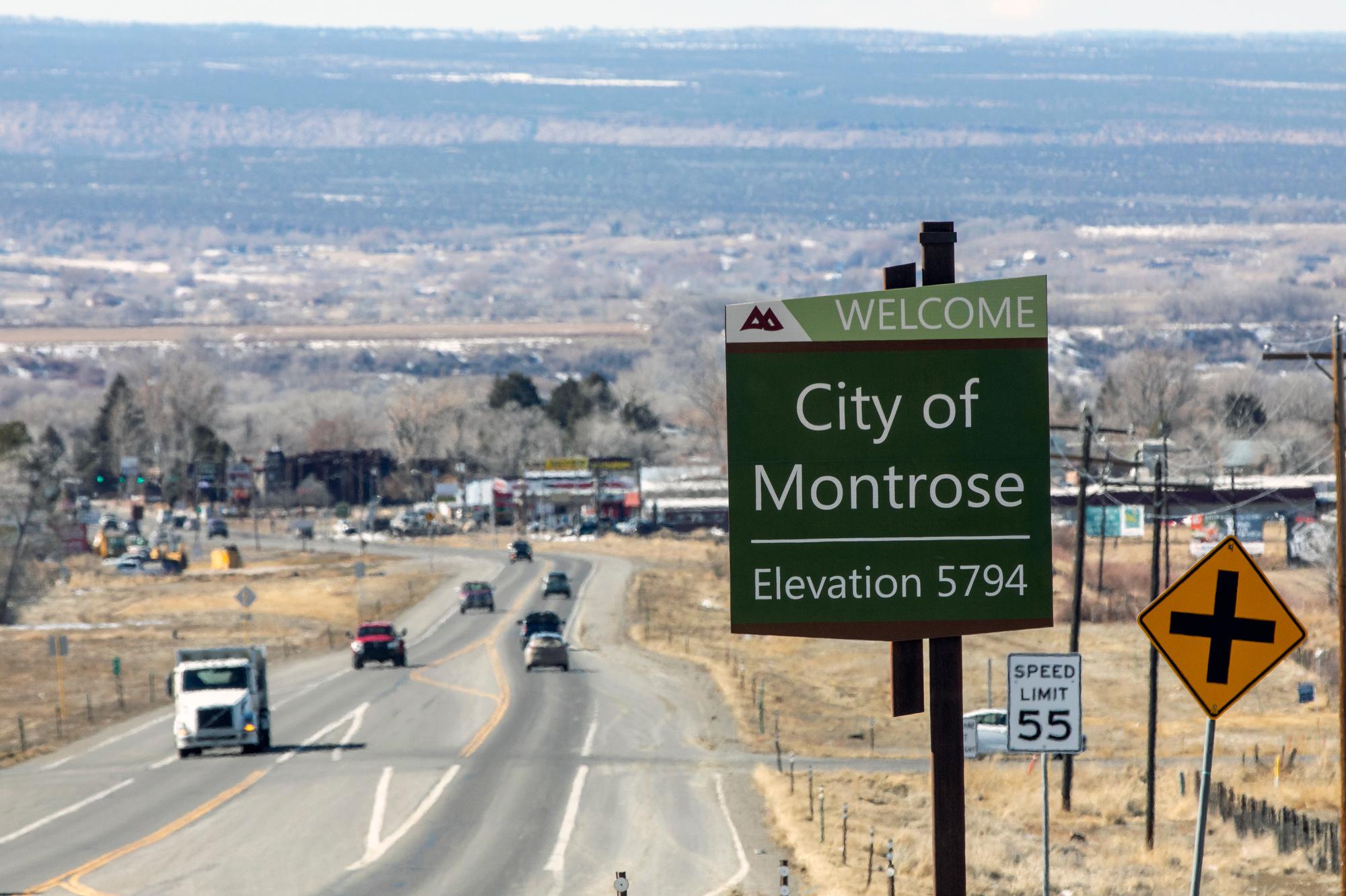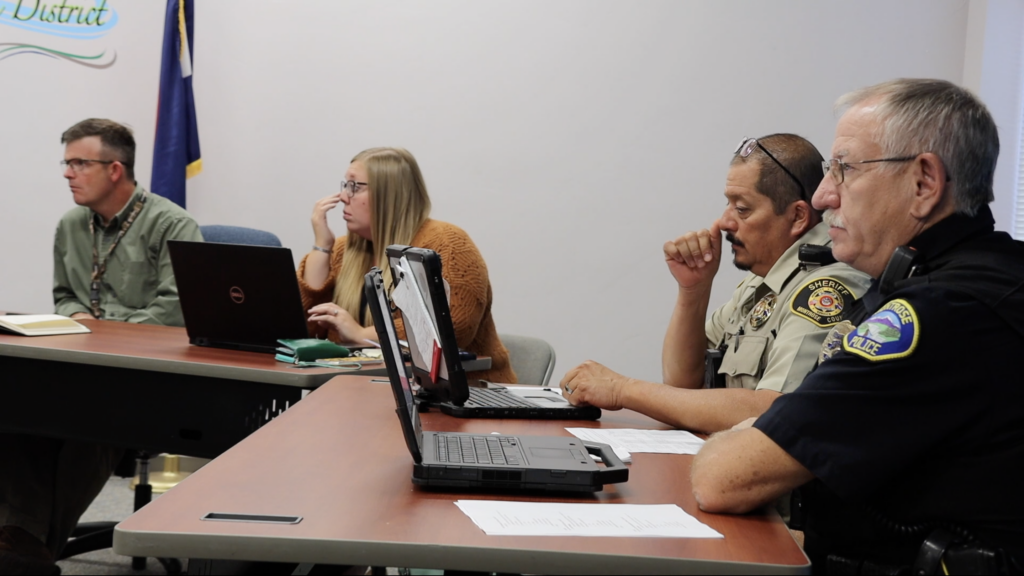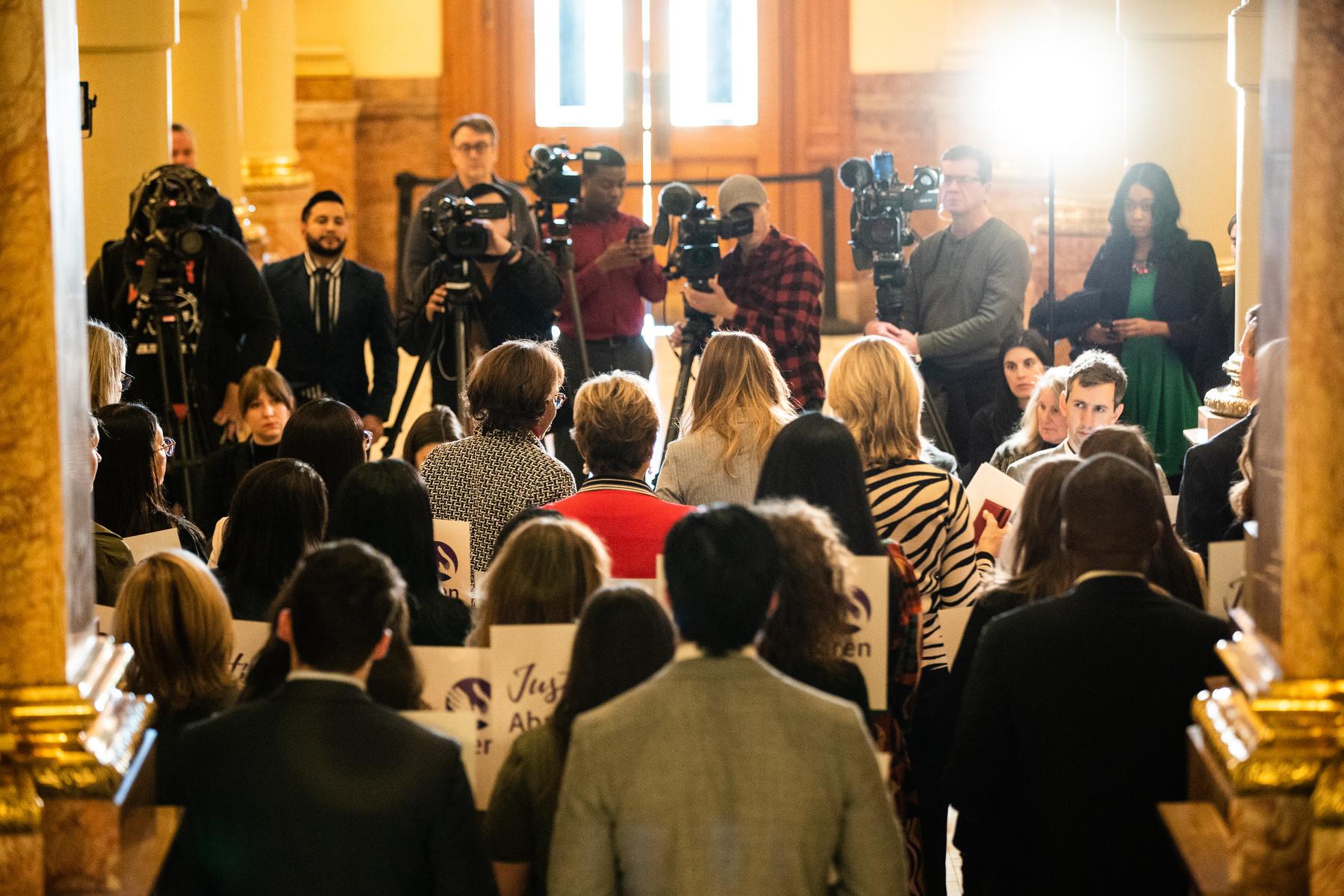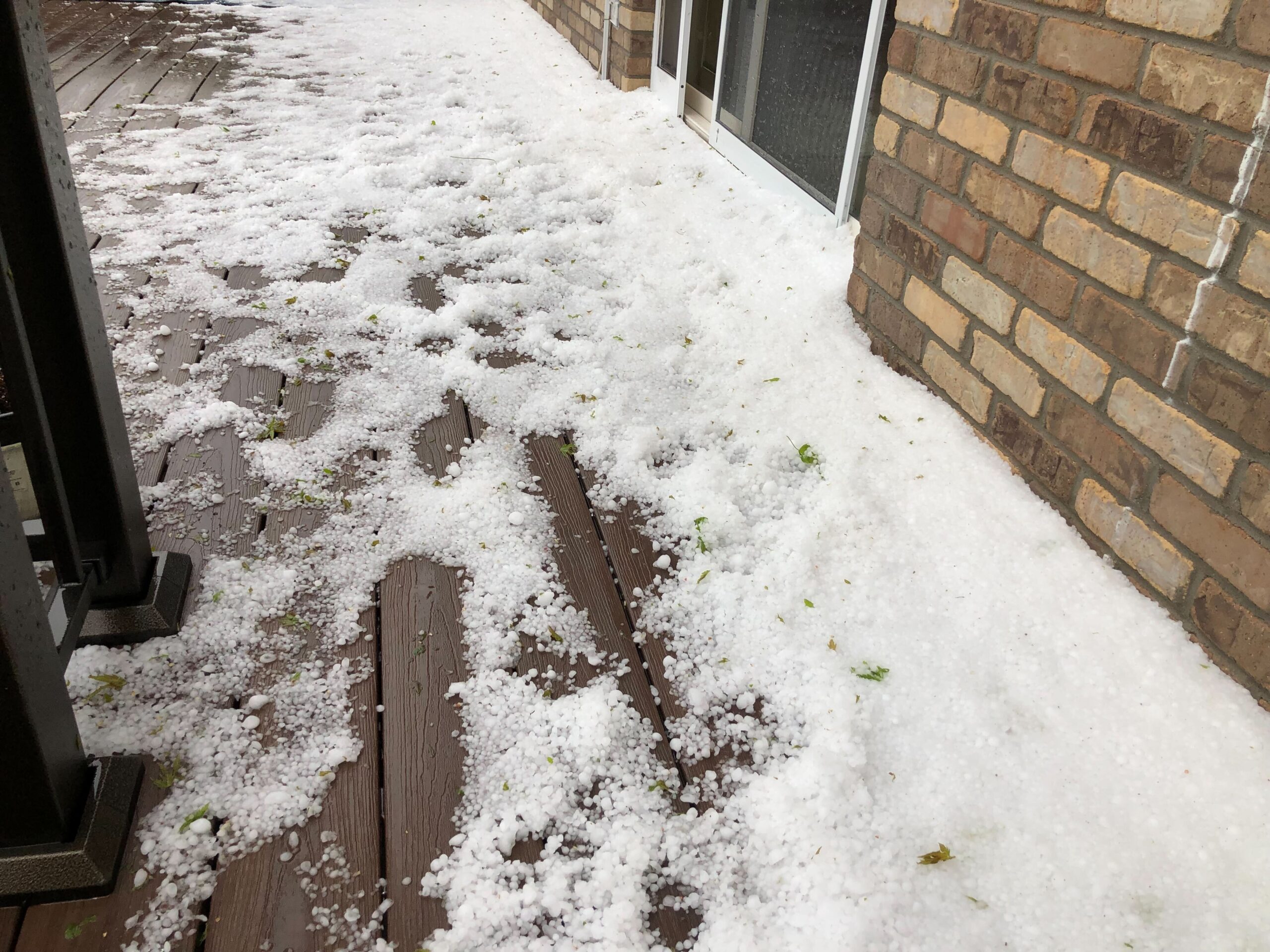
In Montrose, Colorado, in 2018, more than a dozen students made veiled, direct, or indirect threats to their schools in the months after a gunman rampaged a high school in Parkland, Florida. James Pavlich was an assistant principal in Montrose, and thought students acted out because they were having a hard time processing the Florida attack. But he felt like, no matter how serious the threats were or what the students needed to process their emotions in a healthier way, his only option as an administrator was to suspend the students. That frustrated him as a former Army intelligence officer.
“I had served in the Balkans and in Iraq, and we were constantly processing a counterinsurgency or trying to break into the terrorists' planning cycle,” Pavlich told Colorado Matters host Ryan Warner. He decided to merge his military expertise in predictive analysis with his job in school administration, to try to prevent violence in his home community. He set about creating a new way to assess and deal with threats in Montrose schools.
Pavlich learned from a model in Salem, Oregon, which was established in the wake of the Columbine attack in Colorado. Now, in his new position as head of operations for Montrose schools, Pavlich meets regularly with the local mental health center and local law enforcement. Together, they evaluate any threats that rise to a certain level of concern, and they make a plan to help students avoid what Pavlich called “radicalization,” and to get help.
Other schools in Colorado have taken notice, including CU Boulder. Researchers at CU’s Center for the Study and Prevention of Violence, which is working on its own community threat assessment process, credit Montrose for showing them how to collaborate better between CU and local partners in Boulder.
By working on the process to assess and mitigate threats in Montrose schools, Pavlich said this group of partners has also come to understand the need for other things, like a new expulsion program with staff that specializes in emotional intelligence; more school-based therapy; and an alternative high school for the district.
This transcript has been edited and condensed for clarity.
Ryan Warner: Could you give us an example of a credible threat that was thwarted, so we can understand this?
James Pavlich: I think that's hard to give a specific example. If we're doing our job well, then we intervene. This is a preventative model. We intervene far before an individual is going to radicalize.
I think we have definitely intervened on multiple occasions over the past three years and prevented a student from making a poor choice. We process quite a few threats at the school level, or we process situations where teachers, staff, community members, students are concerned about an individual and what they're saying. A certain percentage of those, somewhere around one third of them, get pushed up to the community level team. I can say, in all those cases, I believe we've had an effect on that student and made our community safer. The key is we're affecting that student and that family who's at risk as well.
Warner: I think what I hear you saying is that not every threat means that you immediately involve the police.
Pavlich: Right. Not every threat equals a charge. Police have a lot of good information. They are out in our community every day on the streets. But this is not a punitive model. It's not trying to scare them straight. Very few of those cases go to the point where we are charging a juvenile.
Even if you charge a juvenile, if they meet the screening criteria to be detained, they're still going to be released to their family or their guardian within 24 to 48 hours. That doesn't, in and of itself, make your community any safer.
Warner: Are you also helping to address suicide threats?
Pavlich: Yes, I think I do three suicide risk assessments for every threat assessment I do in our community. I think that's one of the most impactful things that we've been able to implement with our threat assessment program. So it's threats to self and threats to others.
I have to give credit to our community mental health provider for the idea. The suicide assessment process has been very hard to put in place, but it's been one of the most powerful things we've done in this community to make our students safer.
I think, on a yearly basis, we're doing more than 150 suicide risk assessments, and about 26% of those are what we term a “level two” threat, which means they get a crisis response at the crisis walk-in clinic here in town, so they're going to talk to a mental health professional.

Warner: Do you also need to track former students? What does that look like?
Pavlich: Yeah, I think one of the biggest things you have to understand when you start doing behavioral threat assessment is, as a community, we're going to be working with these students that are a significant risk throughout their lifetime. This work leads you into adult threat assessment teams as well. Our latest attack that has been a forefront in the news was a former student, 18 to 19-year-olds. Parkland was the same deal. So yeah, you have to keep track of these kids.
What's powerful about the model is, when you have 11 organizations meeting on a weekly basis for two hours to talk about kids and figure out what they need, you have the relationships built to support those students after they graduate. Mark Follman's book “Trigger Points” talks a lot about that kind of lifetime commitment you end up having to support these individuals that are of significant risk for targeted aggression.
Warner: My understanding is that, based on the nature of your community, you assume that every child might have access to a gun. Do you have a position on guns and what kind of gun safety laws you think are needed to make schools safer?
Pavlich: I'm a gun owner. I hunt big game and birds. I've been raised in the rural West. My position is we need to focus on the pre-incident behaviors that help us identify those who intend to perpetrate targeted violence. I think the emphasis needs to be on creating systems and cultures where we know that we can report concerns about individuals, and that they will be taken seriously and followed up on with a preventative focus by a community team.
Obviously, protection is an aspect of what we do. We improve access control and physical security and our emergency management procedures in our schools to look and to make our schools a harder target. For me, the focus is on threat assessment, and creating cultures where you can break through our society's natural tendency not to report. I think the percentage is like 88% or 90% of the time, according to the FBI, someone knew they were going to do this before they radicalized. Where we get in trouble is they don't share it.
Warner: If other families and school leaders are listening to this, where would you have them start? What would be the first step you'd have them take?
Pavlich: I'd say come check out a community that's doing it well. Head up to Salem. Come out to Montrose with your law enforcement partners and your mental health partners as a core team and set up a community-based threat assessment model.









